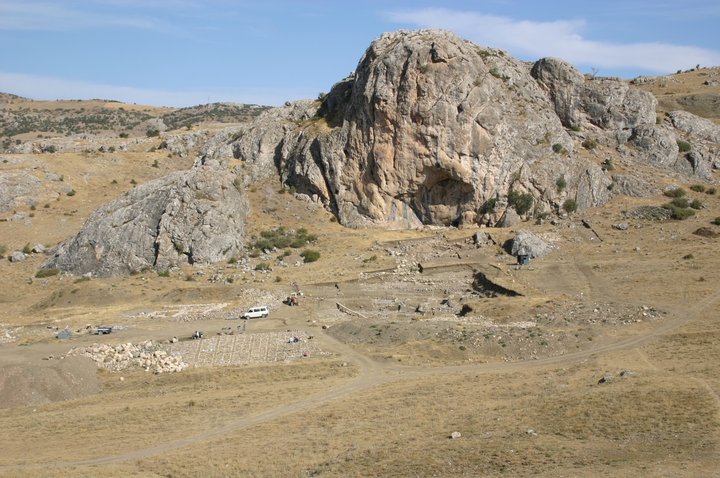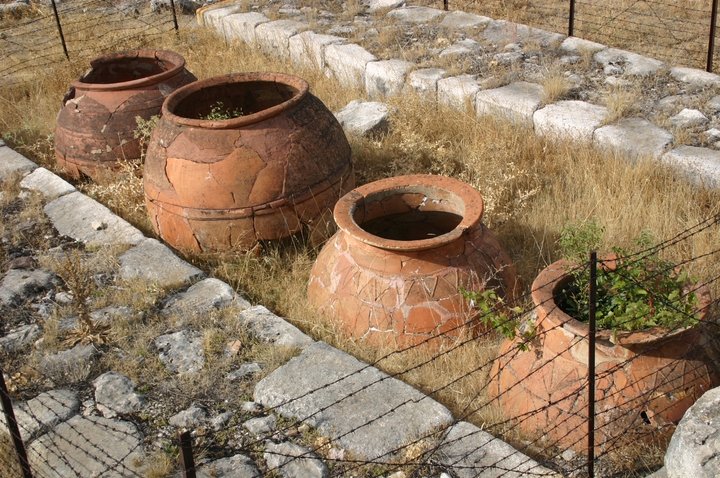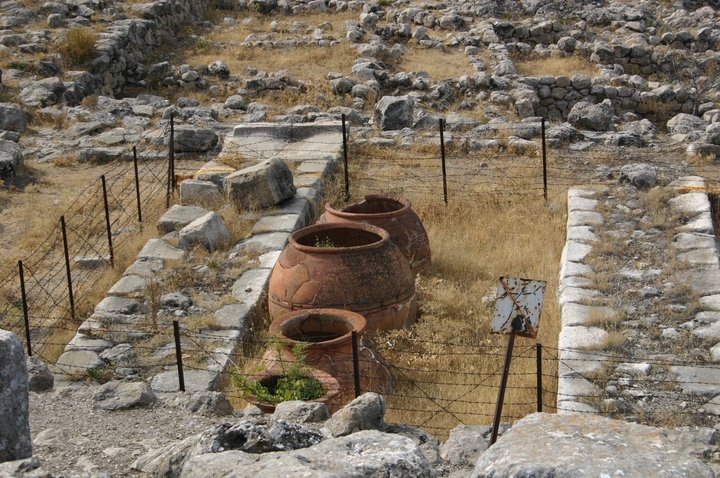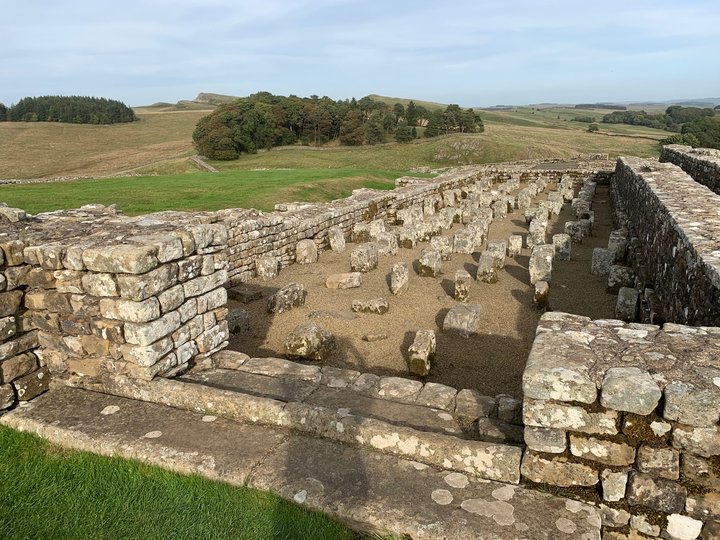A list of “the most important inventions of all time” sometimes arrives, unbidden, via the internet. You’ve probably seen these. They usually include language, writing, agriculture, the wheel, the lever, bronze (for weapon making, in particular), and then — coming more up to date, glasses, the steam engine, clocks, and vaccines (don’t get me started). Absent from all such lists I’ve seen is what I consider to be the most important invention, ever: baskets.
Before baskets, you ate where the food was. We use the phrase “hunters and gatherers” to describe the lifestyle of our pre-agriculture ancestors, but in reality, it was the gatherers — traditionally the women — who, on average, supplied the bulk of the calories. Having gathered, what do you do with the nuts, berries and grains that you’ve accumulated? You either eat them there and then or — huge difference! — you figure out how to get them back to camp where, if the guys had had a bad day hunting (i.e. a normal day), they were particularly ravenous. Hence baskets, containers to carry back the (literal) fruits of your labor. How old are baskets? No idea. The fibers and osiers from which they were woven have long since disintegrated.
After baskets to carry food came (long after) pots to carry water. Pots, as in pottery, date to at least 20,000 years ago. We know that, because fragments of pottery were found a few years ago in a cave in south China. This discovery that refuted conventional wisdom that the invention of pottery coincided with the switch from hunter-gatherers to farmers around 10,000 years ago. You can read about it here: “Ancient Chinese pottery confirmed as the oldest yet found,” from the Guardian.
But there’s another major use of pottery, one that I hadn’t thought of until I watched a lecture by Kenneth Harl, Professor of Ancient History at Tulane, of what was then The Teaching Company. (It’s since morphed into The Great Courses, highly recommended.) He was talking about the Hittite Empire, centered in Anatolia — most of present-day Turkey. Specifically its capital city, Hattusa, which flourished in the late Bronze Age, destroyed in the “Bronze Age collapse” around 1200 BC. Professor Harl is one of those “Where were you when I was at school?” teachers. So much so that Louisa and I visited the site in 2007, the year after I viewed his inspiring lectures. (“Why did you go to Turkey?” I was asked. “Hittites,” I replied.)


The city of Hattusa, which flourished in the late Bronze age, encompasses about a square mile of land in what is now central Turkey. Photos: Barry Evans.
Harl mentioned, almost in passing, what pottery jars were really for. “Rat-proof containers,” he said, a phrase that stuck in my memory. Pots, for our early agricultural ancestors, were just that, a way of storing grain through winter without it being eaten and/or contaminated by rats. The Hattusa pots are huge, ten feet high and nearly as wide.


Huge grain storage pots in Hattusa, ancient Hittite capital.
I was reminded of Harl’s “rat-proof containers” a few days ago, as we were walking through Housesteads (Vercovicium), one of the main forts along Hadrian’s Wall, the 80-mile stone wall spanning across present-day northern England at the very limits of the Roman Empire. Built between 122 and 128 AD, the wall defended the Empire against Pict raiding parties from the “uncivilized” north — future Scotland. Up to 800 soldiers were housed and fed at Housesteads, meaning that vast amounts of grain needed to be stored in such a way that it was protected, not just from fire and mold, but from rats. Instead of big pots, the Roman solution was to build stone granaries like this one, with a raised floor for air circulation. Located on the highest, i.e. driest, part of the fort, it was originally buttressed by stone walls with air vents and an overhanging roof.

These pillars supported the stone floor of the Housesteads granary, allowing air to circulate underneath. You can see part of Hadrian’s Wall below the trees on the left.
These days, we take containers — for food or liquids — for granted. Back then, containers were among the greatest inventions our kind ever came up with. Without them, we wouldn’t be here.
CLICK TO MANAGE